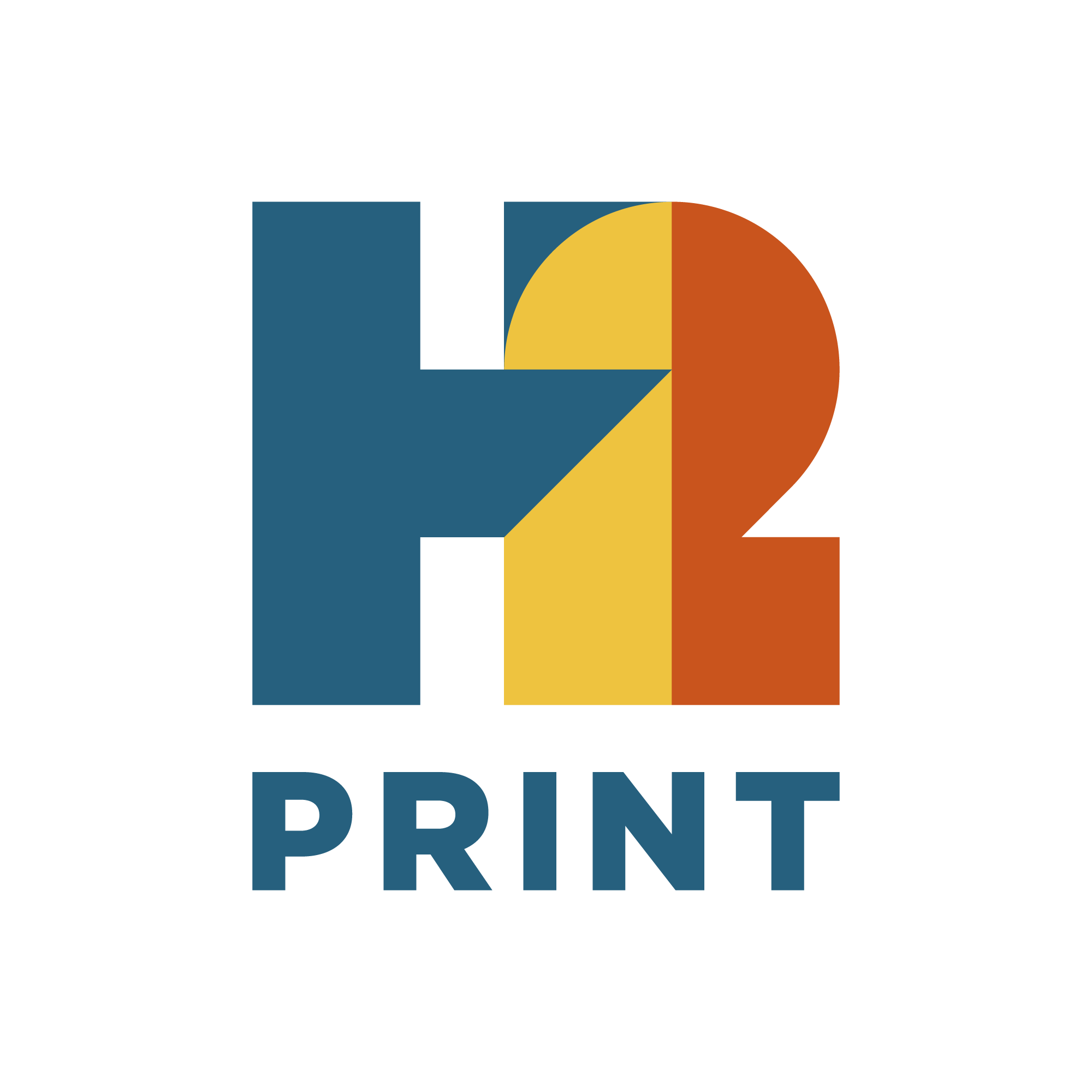Printable files should be sent directly to your contact person. Please use the Wetransfer service. Wetransfer.
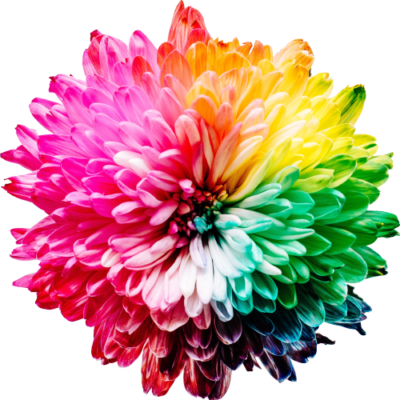
Colour settings and ICC profiles
When creating a PDF adapted for printing, it is important that all spot colours are converted to process colours, unless spot colours are explicitly required in the printed material. Images should have the correct ICC profile depending on the type of paper to be used. If you are finding it difficult to choose the right paper, we'll be happy to help.
Printable original
The prices indicated in our quotes are based on the assumption that our customers will provide us with completed PDF files. This means that the printer should be able to use the file directly, without having to adapt it in any way. We always check the files before starting production, and will contact you if any changes are required. Below is a summary of the most common issues.
Common errors
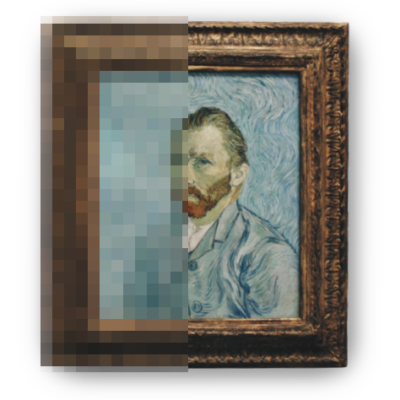
Low resolution
There is a difference between web and print. Images that look good on a screen can become pixellated in print if the image resolution is too low. For an image to look good in print, it should have a resolution of at least 300 dpi in the size in which it will be printed.
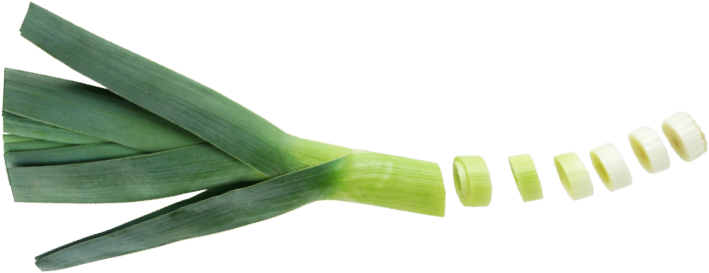
Missing crop marks
The document must have crop marks to indicate the cropping locations. When exporting to PDF, always check the "Crop Marks" box. If the file contains bleeds or colour plates, the crop marks are clearly visible outside the bleed.
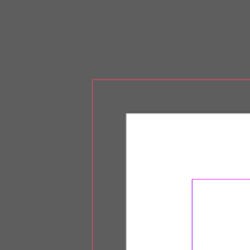
Missing bleed
If the document contains bleed images or colour plates, i.e. that extend to the edge of the paper, the PDF file must have a bleed of at least 3 mm. This can be set when exporting to PDF. Without a bleed, there is a risk that there will be a visible thin white edge.
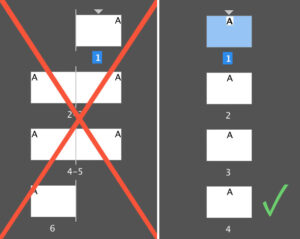
PDF documents created in spreads
A print-optimised PDF must always be created page by page, and not as a spread. The only exception is when it is a cover. For example, in an eight-page printed work, pages two and three are not positioned side-by-side for printing purposes. In fact, page two is side-by-side with page seven and page three with page six. Don't worry if this sounds complicated – our job is to make sure that the process is smooth and straightforward.
